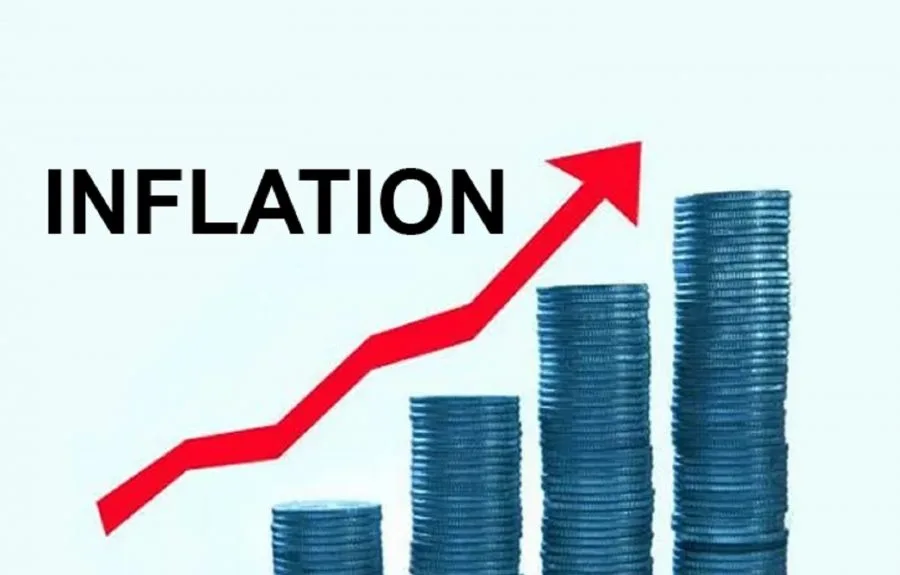Food inflation has been a source of concern for many countries, including advanced economies, but India has managed to “very well” steer its inflation trajectory. In India, the consumer food price index (CFPI) fell to 4.79 percent in March from 5.95 percent in February and 7.68 percent in March 2022.
This comes at a time when inflation rates in the United States and Europe have been well above their tolerance levels as the countries try to recover from the turmoil caused by COVID-19 and amid difficult global conditions in the aftermath of the Russia-Ukraine war.
Food inflation in the United States, the United Kingdom, and the Eurozone is 8.5 percent, 19.1 percent, and 17.5%, respectively, according to data released by the World of Statistics on its Twitter account. Food inflation in countries such as Lebanon, Venezuela, Argentina, and Zimbabwe is 352 percent, 158%, 110 percent, and 102%, respectively.
“Well done India – for managing food inflation very well (at such difficult global times!),” said Prof Shamika Ravi, a member of the Prime Minister’s Economic Advisory Council, in a tweet.
She attached the ‘World of Statistics’ food inflation data, which includes figures from various countries. India is one of six countries in the bottom half of the list with food inflation of less than 5%. The government has taken steps to control food inflation.
To manage the country’s overall food security as well as meet the needs of neighbouring and other vulnerable countries in the midst of the Ukraine war, India amended its wheat export policy last year, placing it in the “prohibited” category, which is still in effect. Because Ukraine and Russia are major wheat suppliers, global wheat prices have been volatile in the last year.
Crops were harmed by heat waves in several wheat-growing regions of India prior to the rabi harvest last year. When exposed to excessive heat, mature wheat pods typically shrink. India has imported discounted crude oil from Russia in order to ensure its energy security.
The RBI has also taken the necessary policy actions to combat inflationary pressures and promote growth. In its first monetary policy review meeting in 2023-24, the Reserve Bank of India decided to keep the key benchmark interest rate – the repo rate – unchanged at 6.5 percent in order to assess the effects of previous policy rate tightening on various macroeconomic parameters.
With the exception of the recent pause, the RBI has raised the repo rate or the rate at which it lends to banks, by a total of 250 basis points since May 2022 in order to combat inflation. In India, headline consumer price index-based (CPI) inflation (or retail inflation) has gradually declined from 7.8% in April 2022 to 5.7% in March 2023. Retail inflation in India has been above the RBI’s 6% target for three consecutive quarters, and it will only return to that level in November 2022.
Raising interest rates is a monetary policy tool that typically helps to suppress demand in the economy, allowing inflation to fall and vice versa.
Assuming an annual average crude oil price (Indian basket) of USD 85 per barrel and a normal monsoon, CPI (or retail) inflation in India is projected to moderate to 5.2 percent for 2023-24, according to the RBI’s April monetary policy meeting, with Q1 at 5.1%, Q2 at 5.4%, Q3 at 5.4%, and Q4 at 5.2%.
However, the Ministry of Finance has stated that limited supplies of milk and wheat, as well as a volatile international crude oil market with OPEC+ countries deciding to cut crude oil production beginning in May 2023, are factors that may influence India’s inflation outlook in the future.
Unseasonal rains have flattened standing crops in some regions, according to reports from various key growing states. Wheat, a rabi crop, was nearing maturity and was expected to reach mandis in about a fortnight.
Milk inflation in India has been high for several months as a result of a growing supply-demand mismatch. A Lumpy Skin Disease (LSD) that infects millions of cattle in late 2022 has hampered milk production. The cost of fodder and transportation also increased the price.
Read Also: Go First Airlines flight operations to remain cancelled from May 3-5
Follow us: Twitter


















